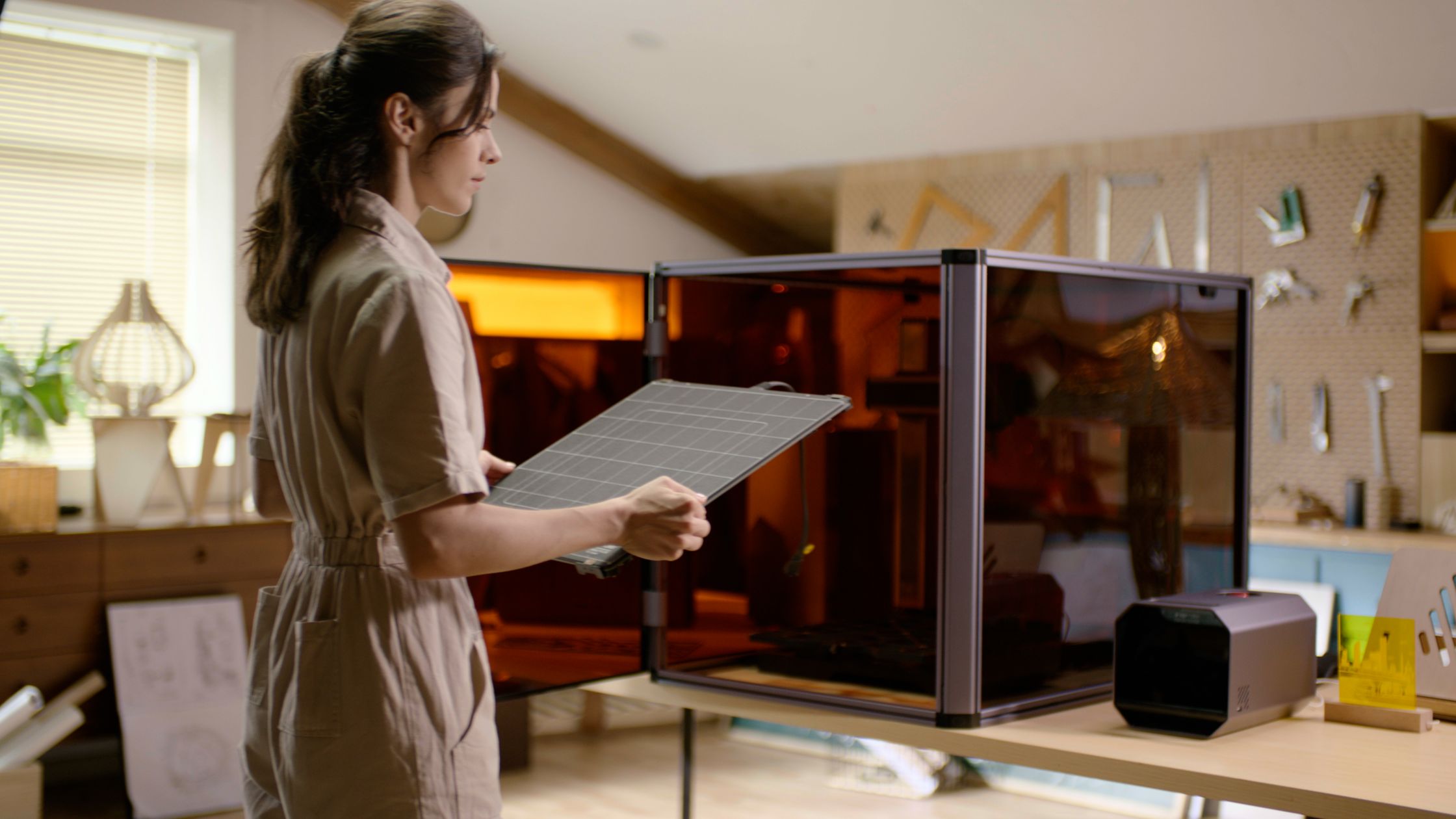Painting 3D prints is a transformative process that enhances the aesthetics and functionality of your printed models. Whether you’re crafting figurines, prototypes, or decorative items, a well-executed paint job can elevate your work from ordinary to professional-grade. In this guide, we’ll explore the tools, techniques, and tips needed to paint your 3D prints while highlighting how the best 3D printer can set the foundation for an excellent finish.
Why Paint Your 3D Prints?
While the raw finish of a 3D print can be appealing, painting offers several benefits:
- Enhanced Appearance: Adds color, texture, and realism.
- Protective Coating: Provides a layer of durability against environmental factors.
- Customization: Tailors the model to specific needs or personal preferences.
Models printed using the best 3D printer will have fewer imperfections, making painting smoother and easier.
Preparing Your 3D Prints for Painting
1. Clean the Print
After removing your model from the printer, clean it thoroughly.
Remove supports or rafts using pliers or a utility knife.
Sand the surface to eliminate layer lines or rough edges (start with coarse sandpaper and move to finer grits).
2. Apply a Filler Primer
Filler primers are specially formulated to fill in small gaps and layer lines:
Spray an even coat of filler primer on the print.
Allow it to dry completely (usually 30–60 minutes).
Lightly sand the primer layer with fine-grit sandpaper (e.g., 400–800 grit) for a smooth finish.
3. Mask Off Areas
If your model has sections that need to remain unpainted, cover them with painter’s tape before proceeding.
Choosing the Right Paint for 3D Prints
Acrylic Paints
- Pros: Easy to use, fast-drying, and widely available.
- Best For: PLA, ABS, and PETG prints.
Spray Paints
- Pros: Ideal for even coverage, especially for larger models.
- Best For: Base coats or metallic finishes.
Enamel Paints
- Pros: Durable and glossy, suitable for intricate details.
- Best For: Models requiring extra durability.
When working with paints, ensure compatibility with your filament material to avoid cracking or peeling.
Step-by-Step Guide to Painting 3D Prints
Step 1: Prime the Model
Priming creates a smooth surface and ensures paint adhesion:
Apply a second primer coat if necessary.
Sand lightly between layers for an ultra-smooth surface.
Step 2: Apply a Base Coat
A base coat sets the foundation for the final colors:
Use spray paints for a uniform base.
Allow each layer to dry before applying the next.
Step 3: Paint the Details
For intricate work, switch to brushes:
Use fine-tipped brushes for small details.
Layer colors gradually to achieve depth and shading.
Step 4: Blend Colors
For gradients or realistic effects:
Use dry brushing techniques or airbrushes for subtle blends.
Experiment with washes to add weathering effects or shadows.
Step 5: Seal the Paint
A clear coat protects your work and enhances its finish:
Use matte, satin, or glossy sealants based on your desired effect.
Apply thin, even coats and let each layer dry thoroughly.
Advanced Techniques for Painting 3D Prints
1. Weathering and Aging
Add realism by simulating wear and tear.
Use dry brushing or stippling techniques to highlight edges and textures.
2. Metallic Finishes
Use metallic spray paints or rub-on finishes for a shiny, reflective look.
3. Layered Effects
Combine masking tape and stencils for complex patterns or logos.
Tips for Success
1. Start with High-Quality Prints
The best 3D printer produces models with minimal layer lines and excellent detail, reducing preparation time and improving the final paint job.
2. Test on Scrap Models
Before painting your main model, practice on a spare print to test colors and techniques.
3. Work in Layers
Apply paint gradually, allowing each layer to dry completely before adding the next.
4. Maintain a Dust-Free Workspace
Dust particles can ruin a smooth finish. Clean your workspace and tools regularly.
Use Case: Painting a Figurine
Let’s consider a figurine printed using the best 3D printer:
- Preparation: Sand and prime the figurine for a smooth base.
- Base Coat: Apply skin tones and fabric colors using spray or acrylic paints.
- Details: Add facial features, shading, and highlights using fine brushes.
- Finishing Touches: Seal with a matte clear coat for a natural finish.
This approach can be adapted for other models, such as mechanical parts, decorative items, or architectural prototypes.
Conclusion
Painting 3D prints is an art that transforms digital creations into vibrant, lifelike objects. By following the steps outlined above, you can achieve stunning results, whether you’re a hobbyist or a professional. Remember, the quality of your prints significantly influences the final outcome. Investing in the best 3D printer ensures a strong foundation, reducing the time and effort required for sanding and priming.
Unleash your creativity, and let your painted models tell a story beyond the layers!


